As children learn and grow, one of the most helpful skills they can have in their toolkit is being resilient. Resilience is how well someone can recover or “bounce back” after a challenge. As we pass the one-year mark since the pandemic began to change our lives, you may have found that you and your child have found it challenging to be flexible at times. This circumstance is normal, and it takes a lot of practice to remember when and how to use our skills when things are tough. These are some of the tools we teach children and adolescents to help build up resilience.
Resilience
Children can learn to become flexible like a rubber band that “bounces back” to its original shape even when stretched out. If we stay stuck, we may be more likely to break. Youth can practice being proactive instead of reactive to help. For example, when we encounter a problem, instead of getting upset and staying stuck, we can acknowledge how we feel first and then ponder about what the problem is. Next, we can flexibly think about how the problem won’t last forever. Then we feel a little more ready to come up with a plan to solve it.
Mindfulness
Mindfulness is all about staying present in the current moment and letting yourself feel your emotions without judging the emotions or yourself. More than ever, youth are being asked to multi-task, which makes it hard to get anything done. If youth can focus on one thing, they can find more joy in the things that are fun and feel more effective in solving problems. Some opportunities to reinforce this at home would be encouraging the use of mindfulness apps, tools or practicing together. For example, you could have a “mindfulness moment” before bed or take five minutes to eat a favorite snack mindfully.
Self-care
Taking care of our basic needs is essential and plays a big role in how we feel and how flexible we can be. It is key for youth (and adults!) to get plenty of sleep, exercise, eat healthy food and do things you enjoy. As a parent, you can model doing these things yourself and help label these habits as “self-care” when talking about them. For example, “It’s so important you engage in self-care,” or, “Can I get you some water, or do you want to take a walk together to get some exercise?”
Thinking styles
Sometimes our thoughts can be helpful, and sometimes they can make situations even more difficult. Youth can begin to understand that their thoughts can be “on the mark” or “off the mark.” For example, kids often think about things as “all” or “nothing,” being the only two possible outcomes. They’ll often express something like, “Life will never be the same again,” as opposed to thinking more realistically, “life is not easy now, but it will get better.” These extreme, automatic thoughts may pop up, but we can decide how we keep thinking. You can help practice catching “off the mark” thoughts with your child and work to modify these thoughts, so they are a little more flexible.
Stress management
Having some stress is normal and something we all experience. We may start to have a problem, though, when stress begins to pile up on an already high pile of stress. There are many ways to help lower stress levels, including using relaxation skills, flexible coping thoughts and actions —such as reminding yourself you can handle it and listening to music —and not avoiding the things you find scary. Kids can also manage anger through positive self-talk. Parents can help by checking in with kids about stress and how high their levels are. This strategy teaches kids it is normal to have stress, talk about it and practice ways to lower it.
Community
During these challenging times, it becomes vital that youth have a community that supports them. Even virtually, children can practice healthy verbal and non-verbal communication skills. Help support your child to interact with friends, family members or peers in creative ways. If they can’t see people in person, organize video calls, virtual game nights or coordinate video game time.
Choices
As a child, many things feel out of your control. While it is true that we can’t always pick the situations we are in, we all have choices about how we handle these situations. We get to choose what we think, what we say and what we do and whether that is negative, positive or thinking/doing/saying nothing. Praise your child when you see them making choices, especially when they have a lot of emotions, and the choices are hard to make.
Remember, kids will face many bumps in the road through life and that is okay. They can use these tools to stay flexible so that they can pass through bumpy parts on their life journey before getting back to a smooth road.
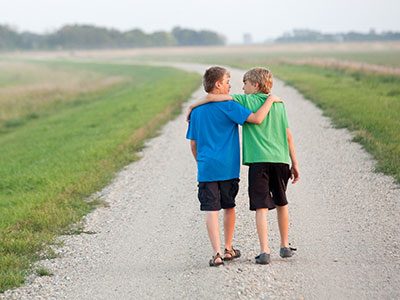 https://riseandshine.childrensnational.org/wp-content/uploads/2025/11/two-friends-feature.jpg
300
400
Danielle Robbins
https://riseandshine.childrensnational.org/wp-content/uploads/2017/11/childrens_riseandshine_logo.jpg
Danielle Robbins2025-11-13 13:55:082025-11-14 10:17:49Navigating friendships when your child has epilepsy
https://riseandshine.childrensnational.org/wp-content/uploads/2025/11/two-friends-feature.jpg
300
400
Danielle Robbins
https://riseandshine.childrensnational.org/wp-content/uploads/2017/11/childrens_riseandshine_logo.jpg
Danielle Robbins2025-11-13 13:55:082025-11-14 10:17:49Navigating friendships when your child has epilepsy






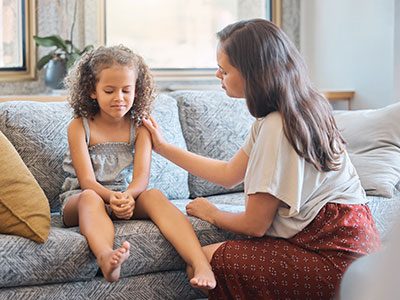
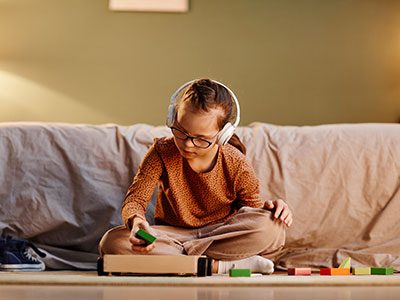
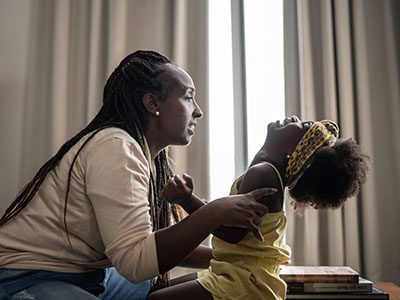


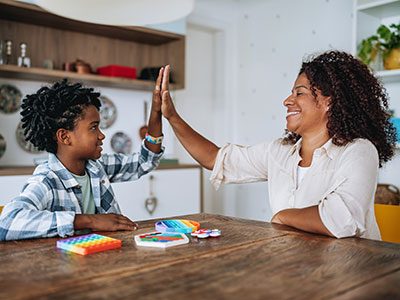
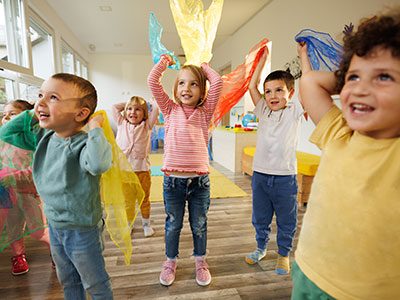


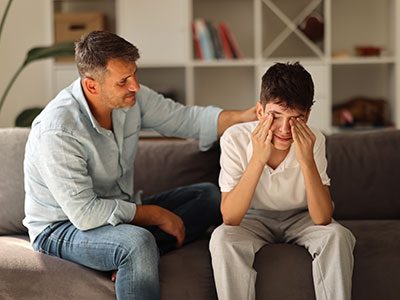


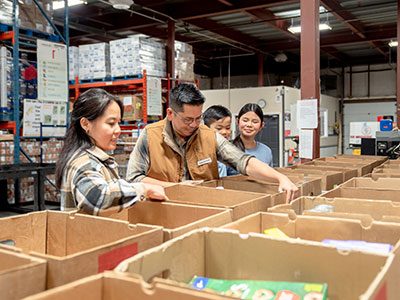
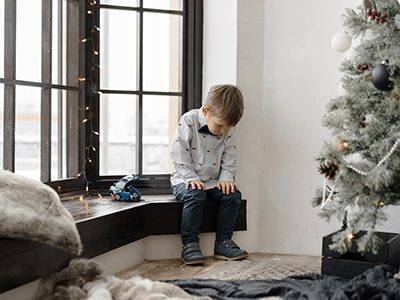
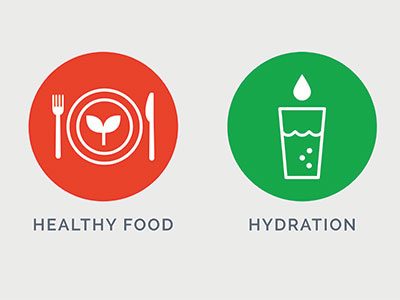

Leave a Comment
Want to join the discussion?Feel free to contribute!